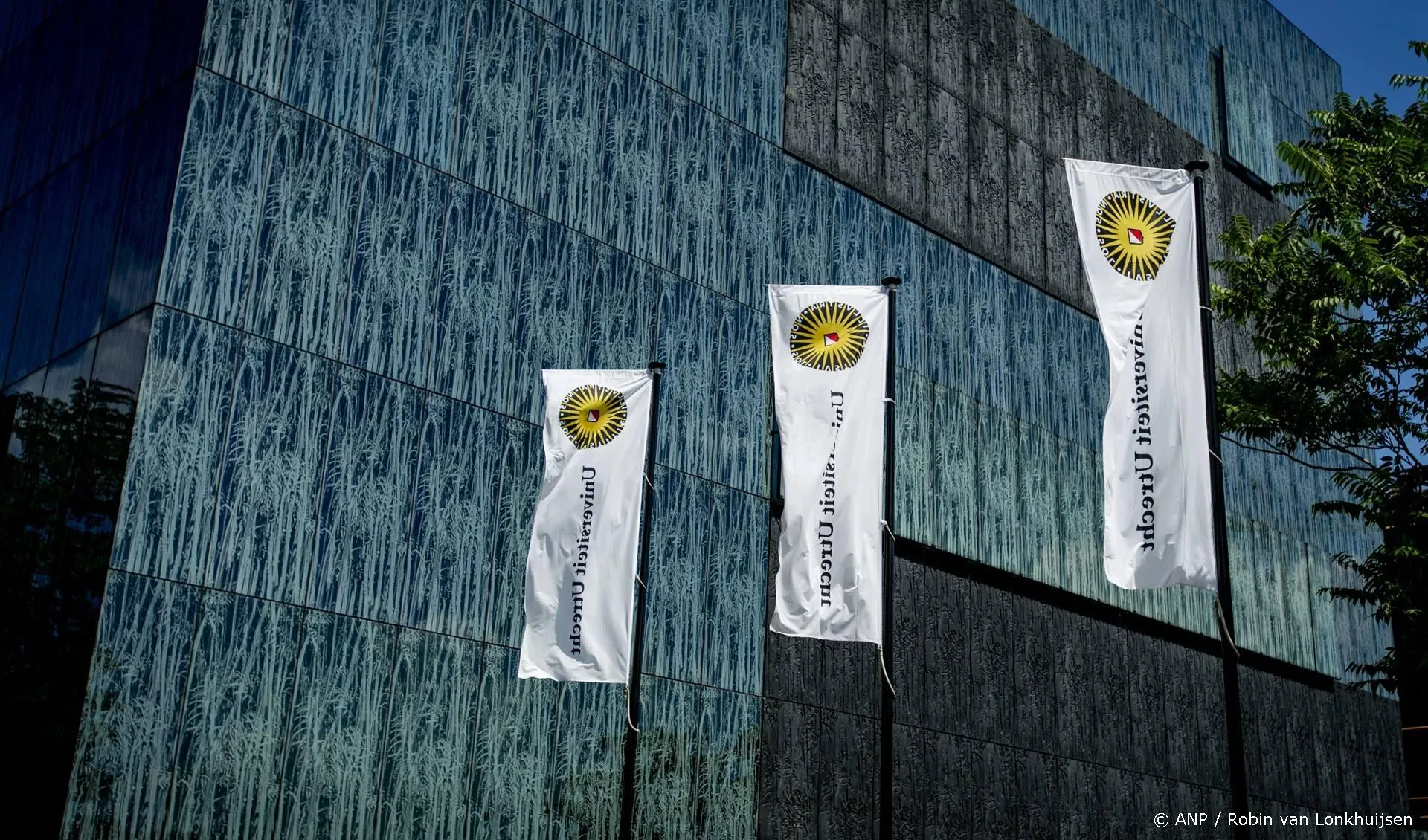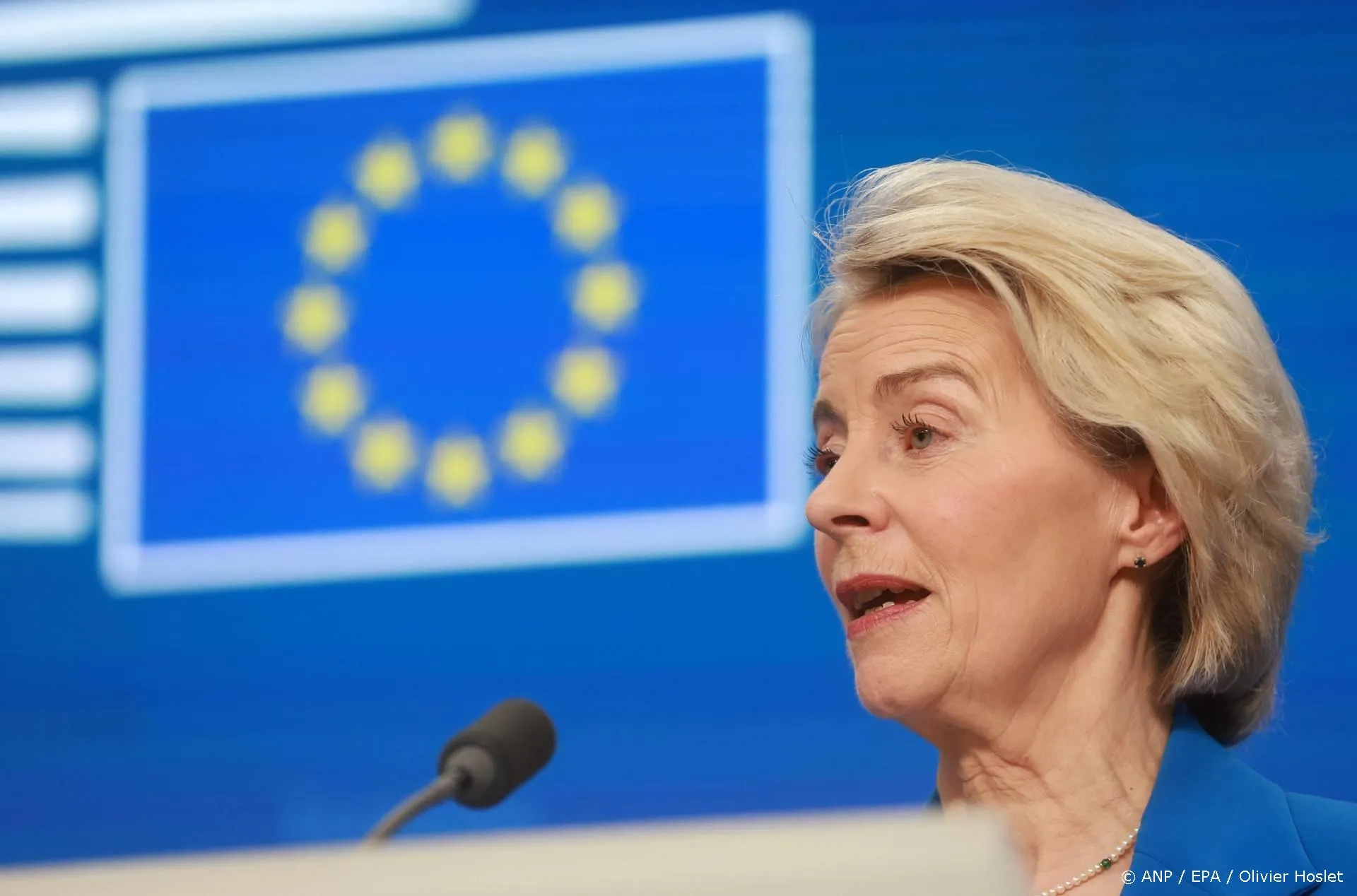De klimatologie is even veranderlijk als het klimaat
Wat vooraf ging aan de moderne opwarmingshype. Voorspellingen van koude en warmte wisselden elkaar af.
Onder de titel, 'Climate Science Wrong For 120 Years', schreef Tory Aardvark op zijn blog:
Climate Science predicted in 1895 a new ice age, by 1902 the glaciers were melting and by 1912 the ice age was back.
Predicting the end of the world is part of the human condition, people have always been convinced Doomsday was just around the corner. From the soothsayers of Roman times casting their runes and reading animal entrails predicting global apocalypse to the soothsayers of the 21st Century casting their digital runes and predicting global apocalypse.
Despite the passage of 20 Centuries the modern day rune casters are no more accurate than their distant ancestors were, the expensive and religiously revered Computer Models have yet to predict any event that has actually happened, yet their erroneous results still trump observed empirical evidence.
The Climate Change catastrophe is not a new phenomenon, it first appeared as we know it today in the closing years of the 19th Century:
1895 Geologists Think the World May Be Frozen Up Again New York Times, February 1895
By 1902 the Los Angeles Times was reporting that the glaciers were disappearing, their final annihilation in just a few years was a matter of scientific fact.
Sound familiar?
It should, the 21st Century version of disappearing glaciers is known as Glaciergate.
However 10 years down the road and the Climate Scientists were unsure if the planet was warming or cooling:
1912 Prof. Schmidt Warns Us of an Encroaching Ice Age New York Times, October 1912
1923 Scientist says Arctic ice will wipe out Canada Professor Gregory of Yale University, American representative to the Pan-Pacific Science Congress, Chicago Tribune
1923 The discoveries of changes in the suns heat and the southward advance of glaciers in recent years have given rise to conjectures of the possible advent of a new ice age Washington Post
1924 MacMillan Reports Signs of New Ice Age New York Times, Sept 18, 1924
1929 Most geologists think the world is growing warmer, and that it will continue to get warmer Los Angeles Times, in Is another ice age coming?
1932 If these things be true, it is evident, therefore that we must be just teetering on an ice age The Atlantic magazine, This Cold, Cold World
Just a year later and the story changed again:
1933 America in Longest Warm Spell Since 1776; Temperature Line Records a 25-Year Rise New York Times, March 27th, 1933
1933 wide-spread and persistent tendency toward warmer weather Is our climate changing? Federal Weather Bureau Monthly Weather Review.
For the next 40 years warming alarmism held sway until 1970 when we were all going to freeze to death again:
1970 get a good grip on your long johns, cold weather haters the worst may be yet to come theres no relief in sight Washington Post
Less than 20 years later and we were all going to fry again:
1988 I would like to draw three main conclusions. Number one, the earth is warmer in 1988 than at any time in the history of instrumental measurements. Number two, the global warming is now large enough that we can ascribe with a high degree of confidence a cause and effect relationship to the greenhouse effect. And number three, our computer climate simulations indicate that the greenhouse effect is already large enough to begin to effect the probability of extreme events such as summer heat waves. Jim Hansen, June 1988 testimony before Congress
Deze bijeenkomst en de verklaring van James Hansen aldaar waren het startpunt van de moderne opwarmingshype.
Tory Aardvark concludeert:
It would appear that climate science is cyclic much like the weather and ultimately the climate, it struggles to predict with any degree of accuracy or precision.
Lees verder hier.
Het verschil met vroeger en nu is dat 'we' (althans de aanhangers van de menselijke broeikashypothese) nu denken het klimaat te kunnen regelen met een CO2-thermostaat. Over een aantal jaren zullen we ons in ongeloof afvragen hoe het zover heeft kunnen komen.
Voor mijn eerdere DDSbijdragen zie hier.
Ga verder met lezen
Dit vind je misschien ook leuk
Laat mensen jouw mening weten
Lees ook
Loading


